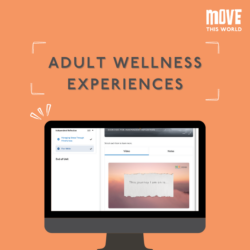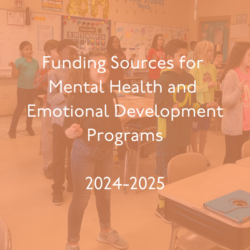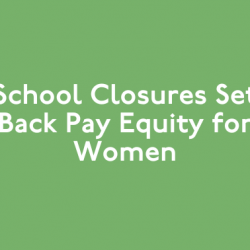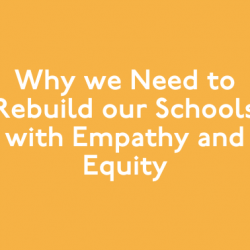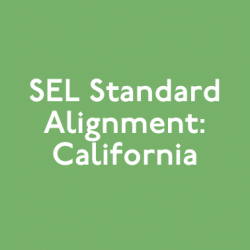In early 2016, a piece of legislation opened up the door for schools to focus on the development of what we refer to as “the whole child”. Students are still learning their basic math, English, and science curriculum, but the Every Student Succeeds Act “requires that states incorporate non-academic factors into their accountability systems”. This piece of legislation was groundbreaking, as it acknowledged that students are more than just test scores or an academic grade. It also sparked hope in many that social and emotional learning would be prioritized.
Emotional intelligence is the biggest predictor of future health, wealth, and happiness. Teaching students how to identify, express and manage emotions, better prepares them to positively respond to conflicts and challenges, as well as build resilience. For schools, this means fewer office referrals, improved school culture, decreased suspension and lower absenteeism rates. For students, this means increased engagement, higher academic achievement, and better preparation for life beyond the classroom.
All 50 states, as well as the District of Columbia and Puerto Rico, have submitted their ESSA plans. However, the majority of plans have one striking similarity: they are missing action steps and goals that focus on social emotional programming.
While it may seem discouraging and confusing that these vital life skills are being left on the back burner by many, particularly when it comes to policy implementation, there are a number of ways schools and teachers can prioritize social emotional learning in their classrooms. Here are five ways you can implement social emotional learning to contribute to student success.
Stay tuned for other more information and important updates on ESSA in the upcoming weeks.
Sign up for Move This World’s newsletter to stay up to date on social emotional learning.
Enter your email below!






